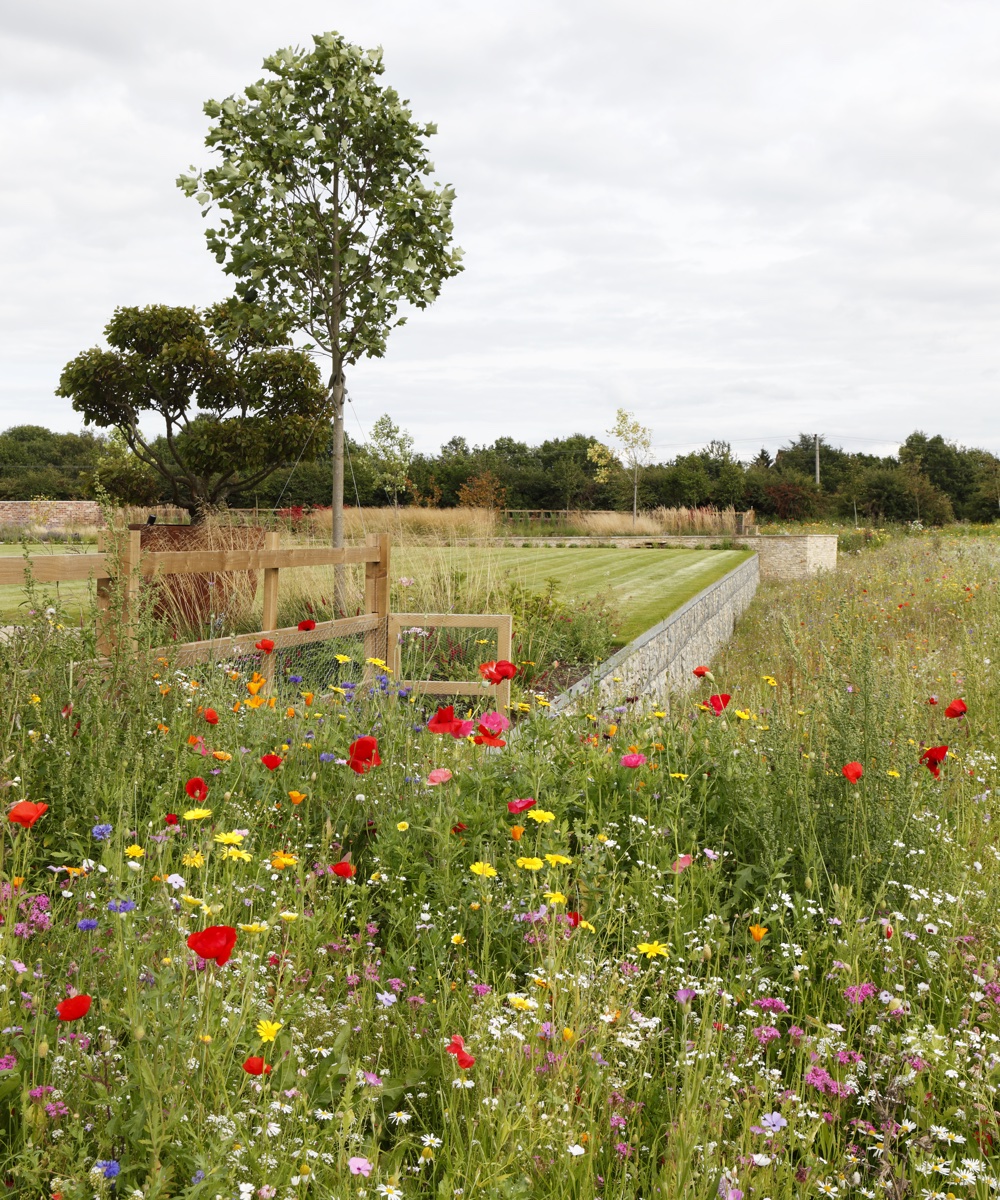How to design a restorative garden to lift your spirits
Top tips from expert landscapers...

In challenging times gardening can be a powerful therapeutic tool. It’s well known that the process of gardening – digging, weeding, planting seeds and staying connected with nature – is good for your overall health and wellbeing. There are a number of elements to consider when thinking about how to design a restorative garden.
See: Three top tips on how to involve your children in gardening this summer
But the way we design our gardens and the features we choose to incorporate can also be restorative – from the sensory quality of certain plants to the calming nature of water and the soothing power of different colours.
James Smith, design director at landscape company Bowles & Wyer, has designed a number of restorative and healing gardens for hospitals to inspire good health, wellbeing and positive thought amongst patients. As we continue to adjust to life under lockdown, he explains how we can design our own gardens to help lift our spirits as we wait for the storm to pass.
Discover how to design a restorative garden below:
1. ENGAGE THE SENSES
The essence of a restorative garden is that it should engage all the senses. Fragrant plants help to evoke memories and can have a calming effect, especially if positioned close to path edges. Try scented geraniums, lavender, lilac and herbs such as rosemary, lemon verbena and mint.

Seasonality is also important. There is something special about seeing new plants emerging in spring, the arrival of wild flowers in summer and the beauty of spent flowerheads or leaves in the autumn and winter.

And movement can play a key role too, such as blocks of tall grasses swaying gently in the breeze or the leaves on trees rustling on a windy day. Grasses such as Miscantus ‘Morning Light’, Calamagrostis ‘Karl Foerster’, Pennisetum ‘Hameln’ and Poa labillardieri are all good or try Sporobolus heterolepis known to smell like popcorn when in bloom.
Design expertise in your inbox – from inspiring decorating ideas and beautiful celebrity homes to practical gardening advice and shopping round-ups.

2. A PLACE TO SIT
When you're learning how to design a restorative garden, remember that all gardens should provide a place to sit and contemplate, whether that’s a bench, bean bag or hammock. Simply looking out of the window at a bench can help you imagine yourself sitting there amongst the planting and encourage you to get up and go out.

We like to position seating in key areas, sometimes where planting gives protection and privacy, and always where there is a good view of the surrounding space allowing for relaxation or providing somewhere to sit and talk. Having tall planting nearby, or putting planting in raised beds helps to further connect people with nature.

3. FIRE AND WATER
Both water and fire can be mesmerising in equal measure. Watching and listening to them can provide a meditative and soothing experience and help recovery from physical or mental fatigue.
They don’t need to be complex either, quite often the simpler they are, the more effective they can be. Weathered steel dishes or other vessels are very popular and can be used for both purposes.
Fire can help to extend the use of the garden into the colder months or well after the sun has disappeared on a summer’s day, while a still body of water is great for creating reflections and bringing the sky down into a space, no matter how large or small. If positioned carefully near trees you will also see fantastic reflections on a calm day.

4. GO GREEN
Restraining your colour palette to different shades of green will immediately give your garden a more tranquil feel. Green is the ultimate colour for relaxation forcing your eye to wander more slowly over the space.
Hedges, lawns and topiary can all be used, as well as green flowers and foliage, to create a rich tapestry of textures, shapes and leaf forms adding to the restorative effect.

5. A GARDEN FOR EVERYONE
Restorative spaces should cater for everyone, young and old. The sound of happy children can help lift spirits so try incorporating simple elements like stepping stones through planting or swing seats to add an element of fun.
Remember, a restorative garden should be a safe haven for all the family, whether that means a place to ponder or a space to play.

See more: How to grow tomatoes - the best ways to grow your own tomato plants

Ruth Doherty is an experienced digital writer and editor specializing in interiors, travel and lifestyle. With 20 years of writing for national sites under her belt, she’s worked for the likes of Livingetc.com, Standard, Ideal Home, Stylist and Marie Claire as well as Homes & Gardens.